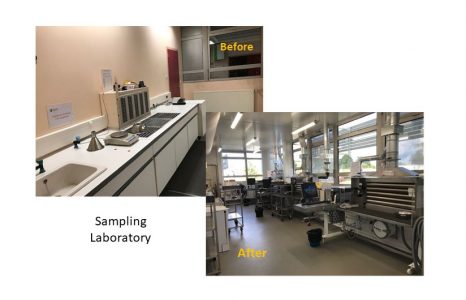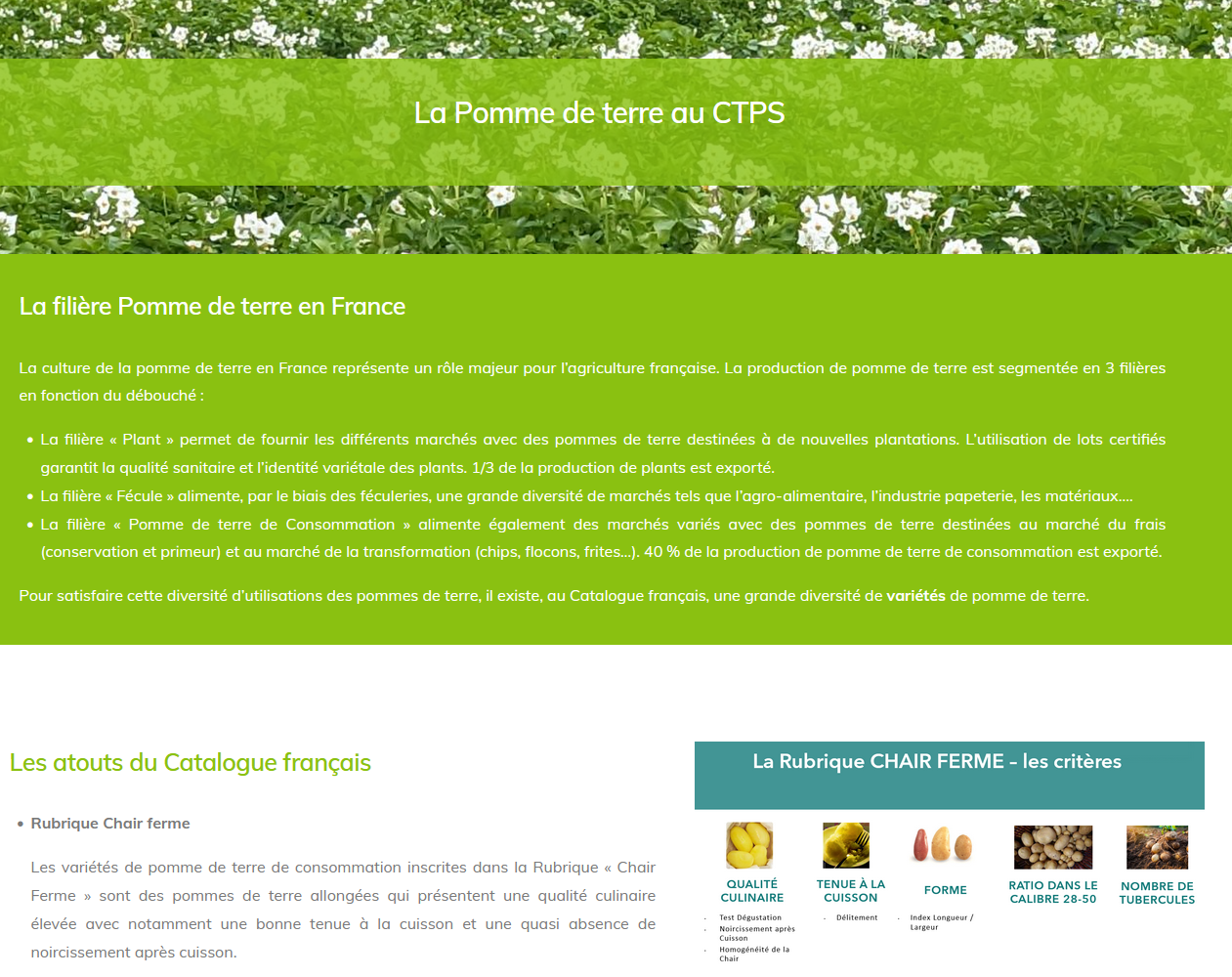
Modernisation of GEVES’s laboratories
The customer service and sampling teams are ready to start the 2021-2022 season in optimal conditions!
Last December, renovation works began in the the customer service department and the sampling laboratory. At the beginning of July, the teams moved back into their 500m² premises, both administrative and technical.
In the sampling laboratory:
- The air treatment and cooling performances are in line with requirements
- The new ergonomic workstations have been installed
- The flow of samples and information has been redesigned to improve fluidity
- The use of personal protective equipment (PPE) is optimised with the new facilities
In the customer service laboratory:
- The ambient air is purified and renewed more efficiently
- The ergonomics of the office space is greatly improved
No service interruption was necessary during this period.
In parallel, the first phase of work concerning the laboratory of germination has just finished. After 28 years of loyal service and 5 months of building works, the laboratory carrying out germination tests on sand, compost and blotting paper has been completely refurbished. (cf photographs).
Among the major evolutions, this laboratory is now equipped with benches with aspiration stations, which optimise protection of seed technicians against dusts and vapours from germination testing of treated seeds. These workstations are also equipped with standing desks allowing staff to change their working positions.
This autumn, the second phase of building works will begin for the laboratory working on blotting substrates.







